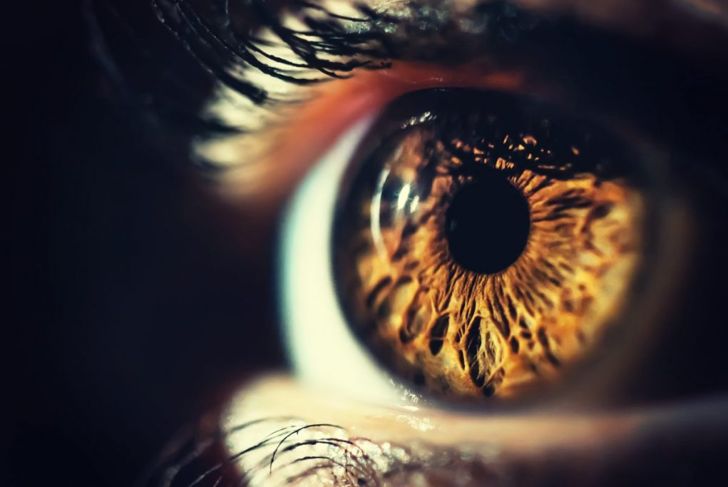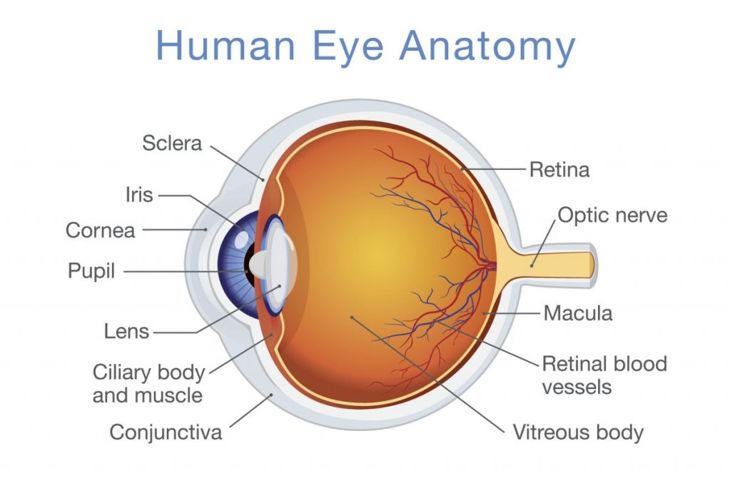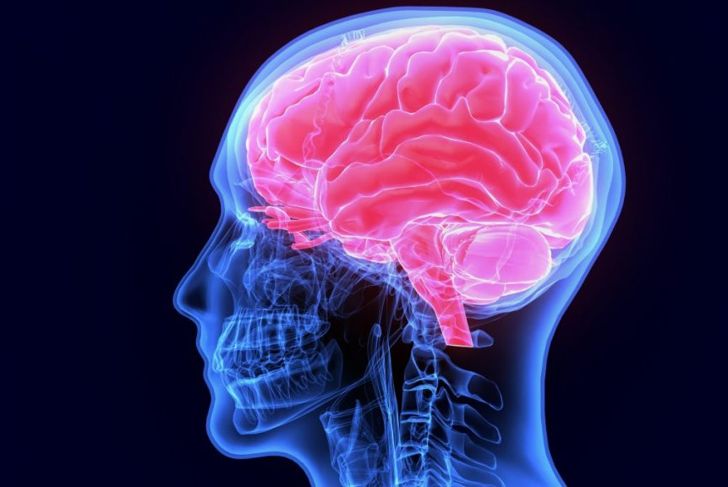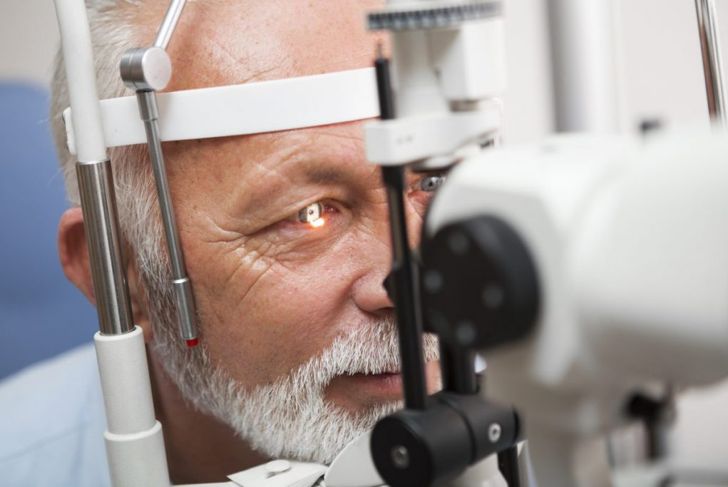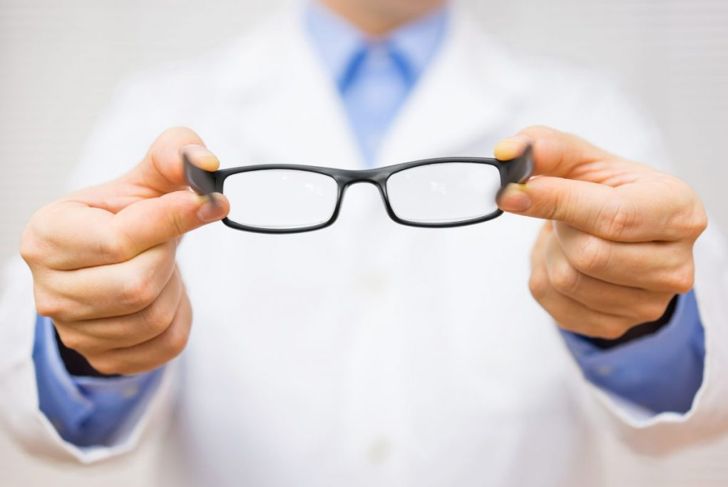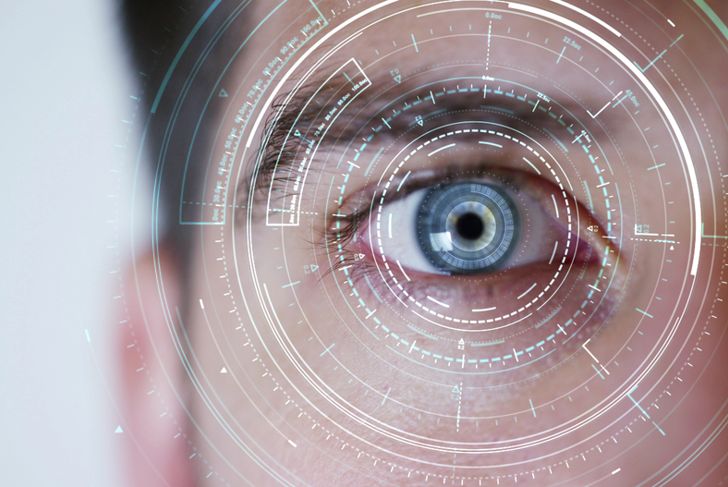The eyes are the body’s most important sensory organ. Made up of millions of moving parts, they provide us with our sense of sight. For most of us, we rely upon them on a daily basis. Like most of our organs, however, they can succumb to various diseases. With nystagmus, the eyes involuntarily move in a repetitive pattern. While most cases are congenital, it can also be acquired later in life, sometimes as a result of other disorders.
What are the Different Forms of Nystagmus?
There are two different forms of nystagmus—physiological and pathological. In physiological nystagmus, the eyes move involuntarily due to the vestibulo-ocular reflex; depending on the individual, the oscillations may occur in the horizontal, vertical, or torsional planes. In contrast, pathological nystagmus drives the eyes away from the visual target. Because of this, patients may perceive the world to be “shaking” or “moving.”
How do you Classify Nystagmus?
Nystagmus can be classified according to the frequency, amplitude, and direction of movement. Depending on how often the eyes oscillate, the frequency can be described as low, moderate, or high. Similarly, the amplitude depicts how far the eyes move—whether it is coarse or fine. Lastly, the direction of movement can be vertical, horizontal, or nonspecific.
What are the Causes of Congenital Nystagmus?
Congenital nystagmus is often caused by vision problems such as glaucoma or cataracts; issues with the retina or optic nerve may also play a role. In other cases, it may be neurological—that is, there may be problems with the brain, which prevents it from working together with the eyes for proper vision.
What are the Causes of Acquired Nystagmus?
There are a number of possible causes for acquired nystagmus. Some of the more common ones include alcohol and drug use, certain medications such as anticonvulsants, inner ear disorders, brain disease, tumors, or head injuries. Depending on the patient, it may take some time to narrow down the possible causes.
How do you Diagnose Nystagmus?
Ophthalmologists diagnose nystagmus by performing eye exams. More specifically, they will test your vision to determine whether or not there are any underlying issues that are contributing to the symptoms. To confirm the diagnosis, they may also perform other tests such as eye-movement recordings, ear exams, and neurological exams. At their discretion, CT and MRI scans may also be ordered.
What are the Symptoms of Nystagmus?
Nystagmus causes involuntary eye movements that can vary in speed. Depending on the severity, it may affect one or both eyes. To compensate, you may find yourself keeping your head in unusual positions in an attempt to focus on the visual target. If you develop nystagmus in adulthood, the world may also seem to move when you look around. In some cases, the condition may also affect your vision. More specifically, you may be sensitive to bright lights or have a difficult time seeing in the dark.
Are Prescription Glasses Necessary for Nystagmus?
Individuals with nystagmus often have other vision problems such as astigmatism. For this reason, many will require prescription eyeglasses. Prisms may also be added to the eyewear as they help to induce more convergence, which slightly reduces symptoms. It is important to note, however, that eyeglasses are not a cure for nystagmus.
How do you Treat Nystagmus?
Unfortunately, there is no cure for congenital nystagmus. However, patients can achieve clearer vision with contact lenses or glasses. For those with acquired nystagmus, surgery may be effective in repositioning the eye muscles that are responsible for movement. While this is not curative, it allows individuals to hold their heads in a more comfortable position. Sometimes, it is also possible for the symptoms to go away. Generally, this occurs if you treat an underlying medical issue that is causing the nystagmus.
Who is at a Greater Risk for Nystagmus?
Due to the fact that it can be inherited, those with a family history have a greater chance of developing nystagmus. In other cases, the involuntary eye movements may be related to albinism, Meniere’s disease, multiple sclerosis, or other eye disorders such as cataracts or strabismus. Excessive alcohol or drug use also increases the risk of nystagmus.
What are Some Common Problems Associated with Nystagmus?
Balance can be an issue for those with acquired nystagmus. In particular, going up and down stairs may be difficult. For those with congenital nystagmus, both angle of vision and good lighting are important; if there are problems with either, viewing will be negatively affected. While most will be able to read small print, the use of a visual aid may be necessary.

 Home
Home Health
Health Diet & Nutrition
Diet & Nutrition Living Well
Living Well More
More
